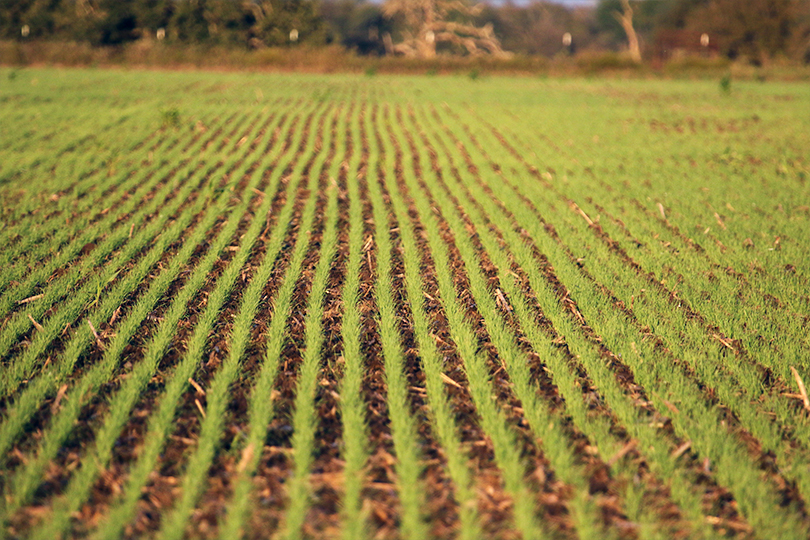By Jennifer Whitlock
Field Editor
Better market conditions are expected to translate into more winter wheat acres in Texas and across the nation, according to Texas A&M AgriLife Extension Small Grains Specialist Dr. Fernando Guillen-Portal.
The U.S. Department of Agriculture (USDA) forecast wheat acres to increase over 5% to 35.5 million acres, up from 33.7 million acres last year.
But when it comes to how closely actual plantings match up with USDA acreage predictions, Guillen-Portal cautioned an expected drier fall and early winter, as well as higher input costs, could alter the forecast.
“Prices bring an incentive to expand wheat acreage, but there are a number of considerations that will be critical to producers’ success this season,” he said. “We want producers to maximize their profit potential and reduce risks, and there are several ways they can be planning now that could pay dividends later.”
Selection of wheat varieties may make the difference between success and disappointment in the growing season.
Water requirements, yields, milling and baking attributes and disease and insect resistance are key qualities to consider, he noted. Another important aspect in choosing a wheat variety is whether the intent is to graze or harvest for grain.
With a La Niña weather pattern predicted to remain over Texas throughout the fall and winter seasons, he said some farmers may forego planting wheat until rainfall occurs. Others may plant in dry soil when rain is in the forecast and hope for the best.
But the ultimate deciding factor, according to Guillen-Portal, is the wheat variety’s consistency across multiple growing seasons.
“Growing conditions in Texas are highly variable with climactic fluctuations that make predicting production conditions and outcomes difficult,” Guillen-Portal said. “So, placing an emphasis on plant performance over years can give you a better idea how they might perform this season.”
Of that total 35.5 million acres forecast to be planted, 30.19 million acres are hard red or soft red winter wheat, the two most common varieties grown in Texas. Only 3.5 million acres are expected to be planted to white winter wheat, which is grown mainly in Idaho, Michigan, New York and Washington.
Part of wheat’s improved pricing can be attributed to more purchases from China, which imported about 19% of global wheat consumption last year.
Chinese wheat buying increased during the last marketing year, with customs data showing the U.S. supplying 3 million metric tons of wheat to China.
Much of China’s wheat purchases are going to animal feed and replacing stocks.
Market analysts say the Asian nation is trying to make progress on provisions it committed to under the phase one trade agreement between the two nations.
Wheat variety picks from Guillen-Portal and other AgriLife wheat crop specialists for the 2021-22 crop year are available here.

